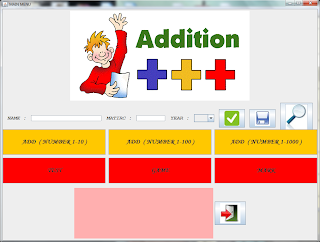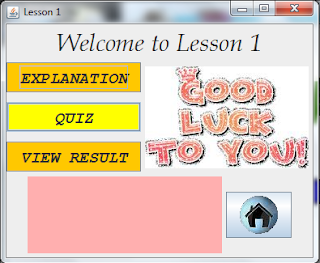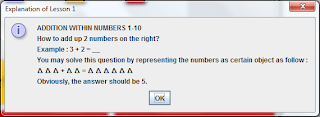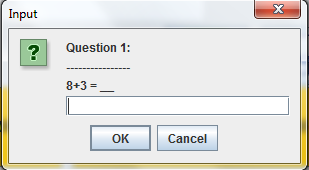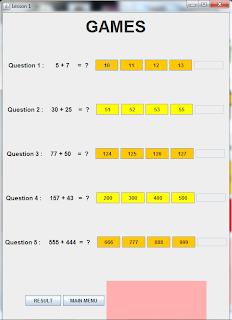 |
Saturday, 5 January 2013
Thursday, 20 December 2012
Graphical user interface
In computing, a graphical user interface (GUI, commonly pronounced gooey is a type of user interface that allows users to interact with electronic devices using images rather than text commands. GUIs can be used in computers, hand-held devices such as MP3 players, portable media players or gaming devices, household appliances, office and industry equipment. A GUI represents the information and actions available to a user through graphical icons and visual indicators such as secondary notation, as opposed to text-based interfaces, typed command labels or text navigation. The actions are usually performed through direct manipulation of the graphical elements.
The term GUI is restricted to the scope of two-dimensional display screens with display resolutions able to describe generic information, in the tradition of the computer science research at the PARC (Palo Alto Research Center). The term GUI is rarely applied to other low-resolution types of interfaces that are non-generic, such as video games (where HUD is preferred), or not restricted to flat screens, like volumetric displays.
Components of GUI
The basic GUI elements are:
i) Check boxes
ii) Buttons
iii) Text boxes
iv) Label buttons
v) Radio buttons
vi) Sliders
vii) Droplists
a) Buttons and checkboxes are just what they sound like onscreen buttons and checkboxes.
The main difference between them is that buttons immediately bounce back to the up state
after they're clicked while checkboxes remain selected.
b) Radio buttons are a specific kind of button that come in groups where only one radio
button in a given group can be selected at one time.
c) Label buttons are buttons with text on them. To change the text on a label button, we must
use <button>.message (<string>).
d) Sliders consist of a bar and a tick that slides along it. You can change the size of the tick,
the size of the bar, the margin from which it can go to the edge, and the textures applied
to its tick and slider, and the orientation of the bar. Progress bars are similar, but they
contain text and have a shaded area that slides along the bar instead of a tick.
e) Text boxes are fields for users to enter typed data.
f) Drop lists are drop-down menus. We can add and clear items from a droplist.
Saturday, 20 October 2012
Pengenalan projek~
Nama kumpulan: Nama diberi BSY - Omar Meng Style, sempena nama ahli kumpulan Yap Boon Sheng (BSY) Ahmad Omar (Omar) Ahmad Azim (Meng)
Ahli kumpulan:
Yap Boon Sheng A138486
Ahmad Omar bin Saad A137874
Ahmad Azim bin Azri A138485
Misi kumpulan kami adalah, ke arah meningkatkan kefahaman pelajar dalam tempoh yang cepat. Kami percaya, dengan adanya program yang dibangunkan oleh kumpulan kami, pembelajaran dapat dijalankan dengan pantas kerana faktor keseronokan menggunakan komputer.
Visi kumpulan kami pula adalah, pelajar lebih berminat untuk membuat latihan dan quiz dan dapat meningkatkan prestasi dalam subjek matematik.
Slogan kumpulan kami " FAST TO LEARN & FAST TO UNDERSTAND "
Baiklah, projek java yang ingin dibangunkan kami sebenarnya bertemakan soalan-soalan operasi tambah yang berpaksikan pelajar-pelajar tahun 2 sekolah rendah. Kerana program kami dibangunkan untuk menguji pelajar darjah 2, soalan-soalan yang ditujukan berbentuk mudah dan seronok dijawab. Kami juga mengimplimenkan konsep algebra mudah dalam bentuk soalan isi ruangan kosong bagi pelajar yang mahukan cabaran. Projek kami dibangunkan menggunakan BlueJ.
operasi program:
-operasi tambah 1-10
-operasi tambah 1-100
-operasi tambah 1-1000
-ujian (gabungan soalan puluh, ratus dan ribu)
-game
UML Diagram bagi class Student
Concept Map
Penerangan mengenai setiap modul
 |
| Prompt name |
 |
| Title menu |
 |
| Menu |
 |
| Title Modul 1 and example (graphical example) |
 |
| Title quiz |
 |
| Sample question |
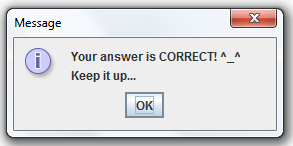 |
| Correct message |
 |
| Title modul 2 and explanation (graphical example) |
 |
| Example question |
 |
| Wrong message |
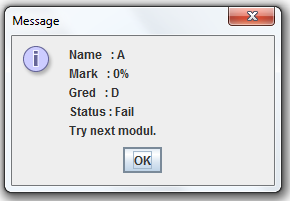 |
| Student marks and remark |
 |
| Title Lesson 3 and explanation (graphical example) |
 |
| Sample question lesson 3 |
Test
 |
| Test title and example |
 |
| Test intro |
 |
| Game |
Ulasan projek
Secara kesimpulannya, tiada sebarang permasalahan dari segi kerjasama antara ahli kumpualan. Projek dibahagikan kepada beberapa komponen dan ahli kumpulan berjaya memainkan peranan masing-masing.
Dari segi kesukaran projek ini, boleh dikatakan mencabar kerana masih cetek ilmu dalam penggunaan java. Jelas apabila hendak melakukan 'linking' antara class.
Masa menyiapkan projek ini tidak begitu pantas kerana ahli-ahli sibuk dengan komitmen masing-masing, iaitu aktivi kolej dan sebagainya. Oleh itu, masa perjumpaan projek amat mencemburui. Walaubagaimanapun, kami menggunakan internet sebagai medium untuk berbincang, dan projek kami dapat disiapkan dengan lancar.
Sekian, dari kami.
Subscribe to:
Comments (Atom)

